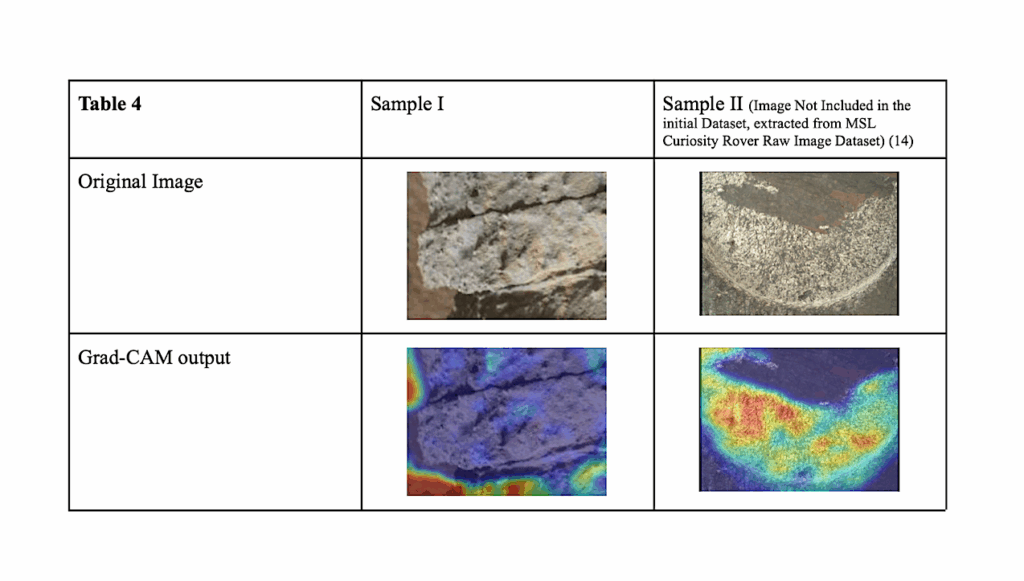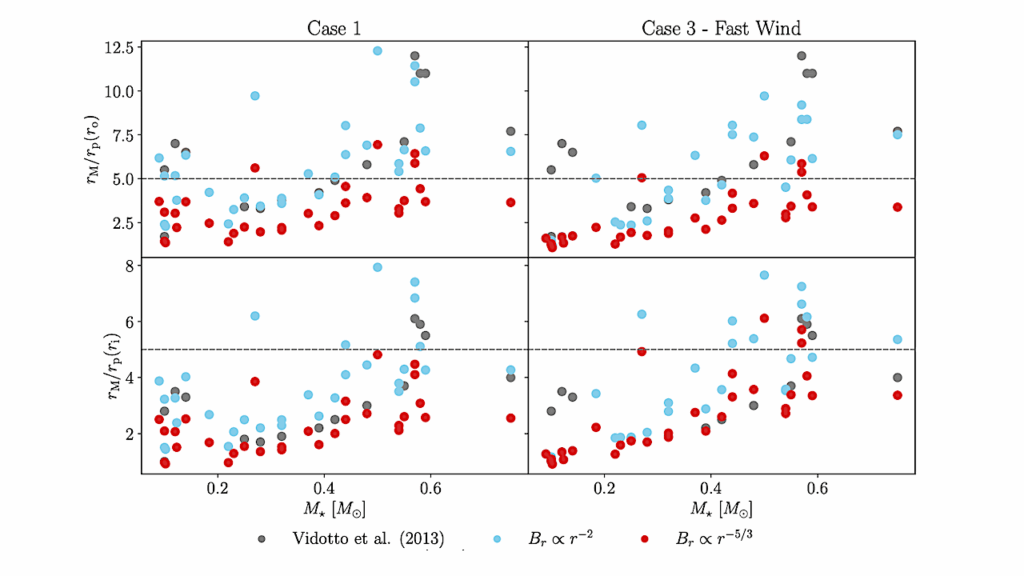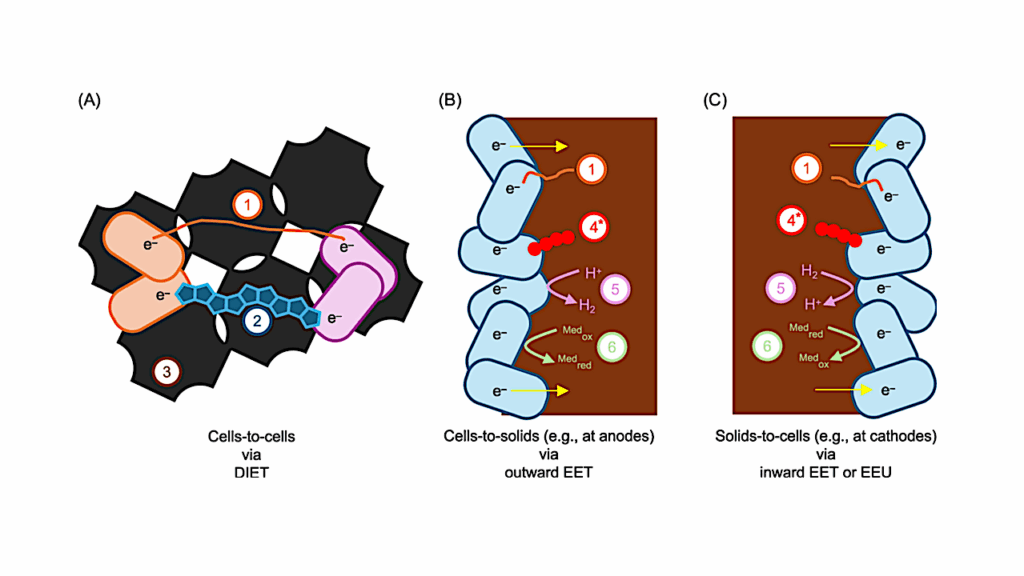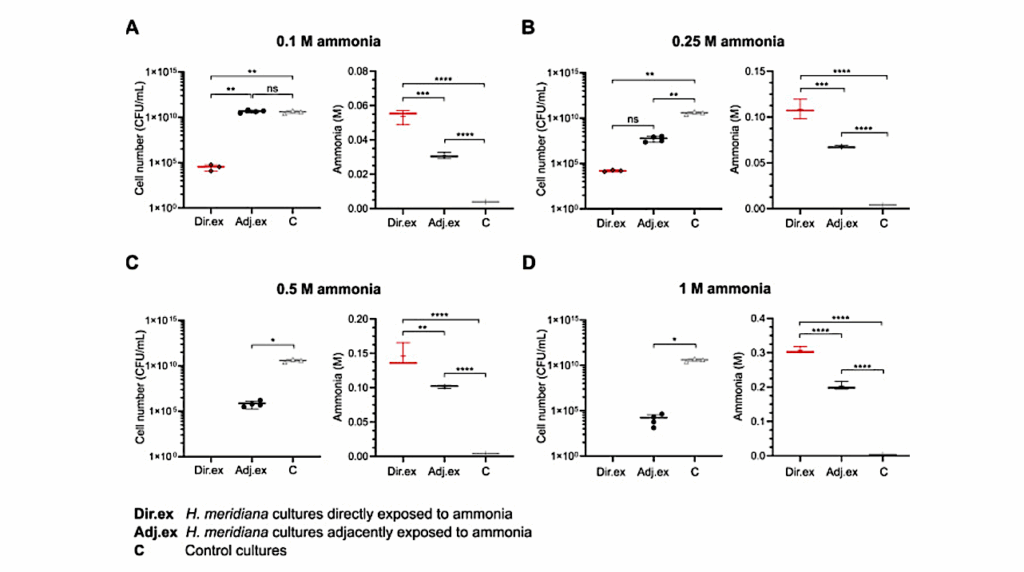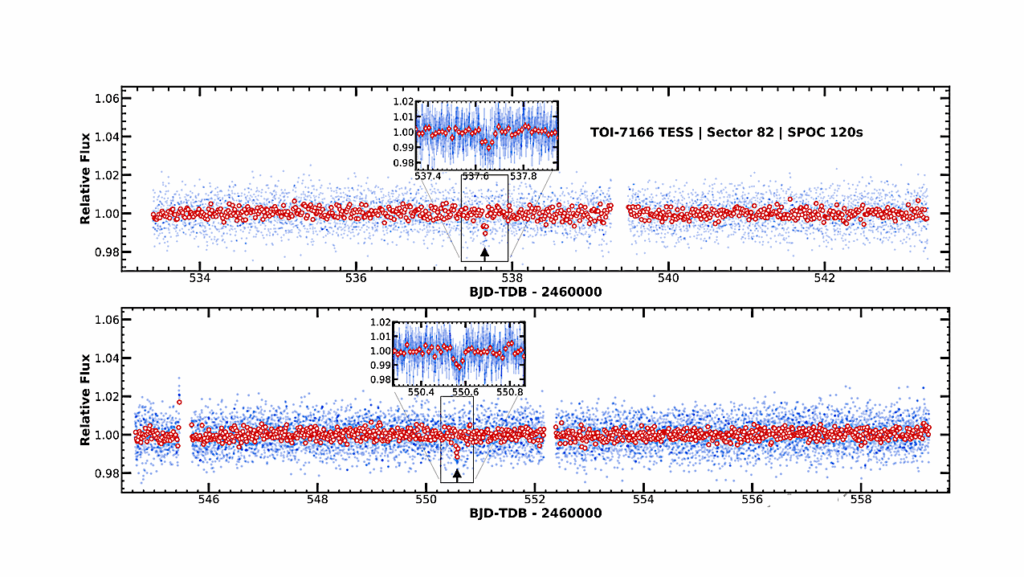The Full Spectral Radiative Properties of Proxima Centauri

The discovery of Proxima b, a terrestrial temperate planet, presents the opportunity of studying a potentially habitable world in optimal conditions. A key aspect to model its habitability is to understand the radiation environment of the planet in the full spectral domain.
We characterize the X-rays to mid-IR radiative properties of Proxima with the goal of providing the top-of-atmosphere fluxes on the planet. We also aim at constraining the fundamental properties of the star. We employ observations from a large number of facilities and make use of different methodologies to piece together the full spectral energy distribution of Proxima. In the high-energy domain, we pay particular attention to the contribution by rotational modulation, activity cycle, and flares so that the data provided are representative of the overall radiation dose received by the atmosphere of the planet.
We present the full spectrum of Proxima covering 0.7 to 30000 nm. The integration of the data shows that the top-of-atmosphere average XUV irradiance on Proxima b is 0.293 W m^-2, i.e., nearly 60 times higher than Earth, and that the total irradiance is 877+/-44 W m^-2, or 64+/-3% of the solar constant but with a significantly redder spectrum. We also provide laws for the XUV evolution of Proxima corresponding to two scenarios. Regarding the fundamental properties of Proxima, we find M=0.120+/-0.003 Msun, R=0.146+/-0.007 Rsun, Teff=2980+/-80 K, and L=0.00151+/-0.00008 Lsun.
In addition, our analysis reveals a ~20% excess in the 3-30 micron flux of the star that is best interpreted as arising from warm dust in the system. The data provided here should be useful to further investigate the current atmospheric properties of Proxima b as well as its past history, with the overall aim of firmly establishing the habitability of the planet.
Ignasi Ribas, Michael D. Gregg, Tabetha S. Boyajian, Emeline Bolmont
(Submitted on 27 Apr 2017)
Comments: 12 pages, 5 figures, accepted for publication in Astronomy & Astrophysics
Subjects: Solar and Stellar Astrophysics (astro-ph.SR); Earth and Planetary Astrophysics (astro-ph.EP)
Cite as: arXiv:1704.08449 [astro-ph.SR] (or arXiv:1704.08449v1 [astro-ph.SR] for this version)
Submission history
From: Ignasi Ribas
[v1] Thu, 27 Apr 2017 06:47:34 GMT (511kb,D)
https://arxiv.org/abs/1704.08449
Astrobiology



